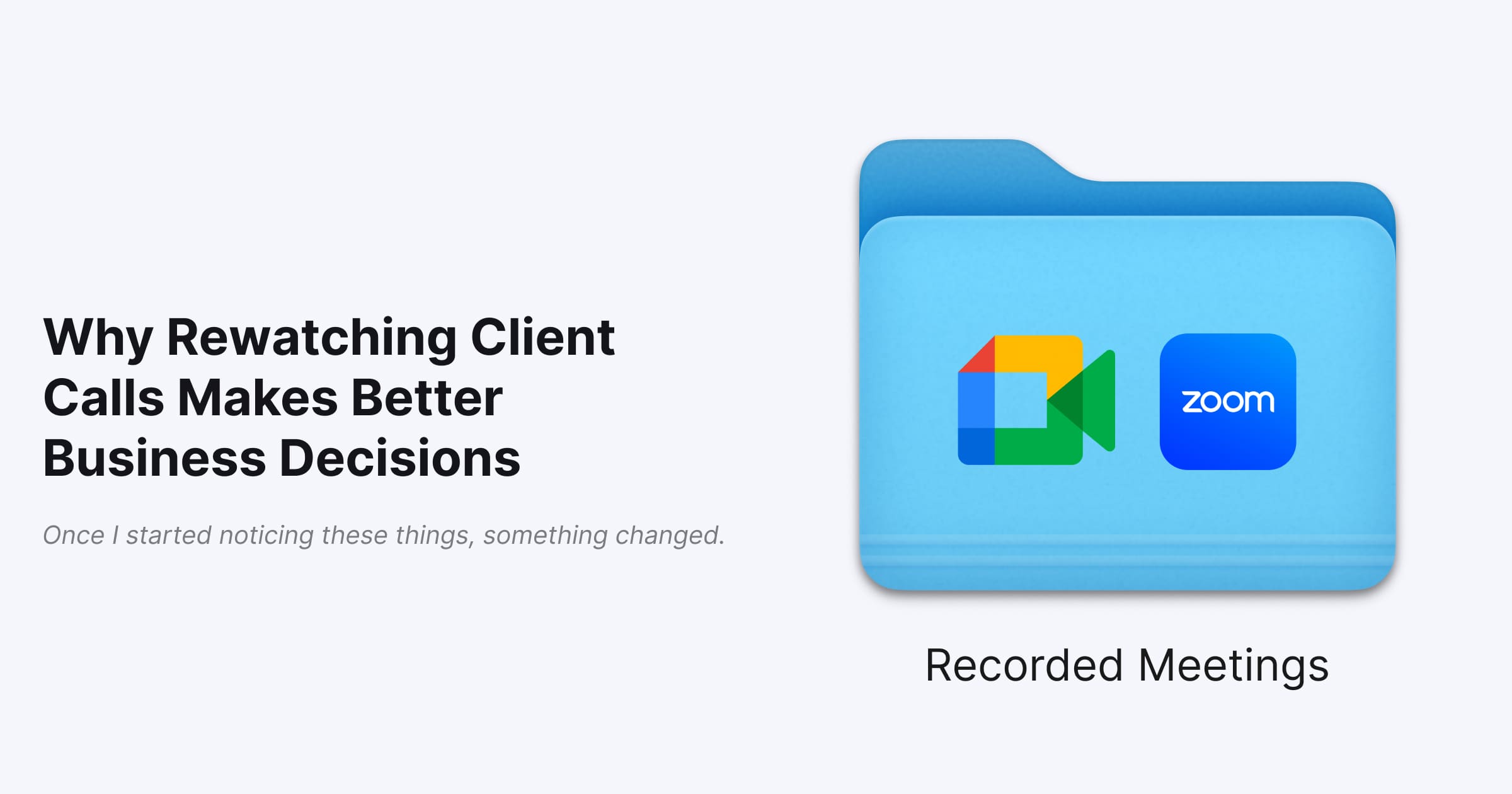10 Tips For Digital Accessibility to Enhance your Online Presence

In today's digital age, accessibility is a fundamental aspect of web design and online content creation.
Ensuring that your digital platforms are accessible to all users, including those with disabilities, not only helps you reach a wider audience but also adheres to ethical and legal standards.
When websites are designed with accessibility in mind, they enable those with diverse abilities to accomplish exactly what they came to do.
In this article, we'll explore ten valuable tips for digital accessibility that will empower you to create a more inclusive online presence.
Tips For Digital Accessibility
1. Alt Text for Images
One of the primary principles of digital accessibility is making visual content accessible to screen readers.
By adding descriptive alt text to your images, you enable users with visual impairments to understand the content.
Be concise and descriptive, providing context without being overly verbose.
2. Semantic HTML
Using semantic HTML elements like headings, lists, and links properly can significantly improve accessibility.
Screen readers rely on these elements to navigate content.
Ensure headings follow a logical hierarchy, use lists for enumerations, and use descriptive link text.
3. Keyboard Navigation
Make sure your website is fully navigable using only a keyboard.
Many users with disabilities rely on keyboard navigation.
Test your website's tab order, and ensure all interactive elements are accessible and usable via keyboard commands.
4. Captions and Transcripts
For multimedia content like videos and podcasts, provide accurate captions and transcripts.
This benefits not only deaf and hard-of-hearing users but also those who prefer to consume content silently or have limited bandwidth.
5. Color Contrast
Ensure proper color contrast between text and background elements.
Low-contrast text can be challenging to read, especially for individuals with visual impairments or color blindness.
Tools are available to help you check and improve contrast.
6. Responsive Design
Implement responsive web design to ensure your site functions well on various devices and screen sizes.
A responsive design adapts to different user needs, including those with disabilities who may use specialized devices.
7. ARIA Roles and Attributes
Use Accessible Rich Internet Applications (ARIA) roles and attributes to enhance the accessibility of dynamic content.
These attributes provide additional information to assistive technologies in understanding and interacting with web elements.
8. Testing with Assistive Technologies
Regularly test your website with different assistive technologies like screen readers, voice recognition software, and screen magnifiers.
This hands-on approach helps you identify and address accessibility issues effectively.
9. Consistent Navigation
Maintain a consistent navigation structure across your website.
Users with disabilities often rely on familiar patterns to navigate and locate content.
Consistency enhances the user experience.
10. User Feedback
Encourage user feedback on accessibility issues.
Create an accessible feedback mechanism, and be responsive to user suggestions and concerns.
Continuously improving accessibility is an ongoing process.

Digital Accessibility Frequently Asked Questions
How can I ensure my website is compliant with accessibility standards?
Ensuring compliance involves a combination of design, testing, and ongoing maintenance.
Start by following the WCAG (Web Content Accessibility Guidelines) and regularly audit your site's accessibility.
Are there tools available to assist in checking digital accessibility?
Yes, various online tools and browser extensions can help you evaluate your website's accessibility.
Some popular options include WAVE, Axe, and Siteimprove.
What are some common accessibility issues to watch out for?
Common issues include missing alt text, improper heading structures, low color contrast, inaccessible forms, and non-responsive design.
Regular audits can help identify and address these issues.
Is digital accessibility only about compliance, or does it benefit my website in other ways?
Digital accessibility not only ensures compliance with legal requirements but also improves user experience, expands your audience, and enhances your website's search engine optimization (SEO) rankings.
How often should I test my website for accessibility?
Regular testing is essential.
Perform accessibility checks during the design and development stages, and conduct ongoing audits to address any new issues that may arise.
Can I retrofit accessibility into an existing website?
Yes, it's possible to improve the accessibility of an existing website.
Start by identifying and addressing critical issues, and then work on implementing best practices gradually.
Conclusion
Prioritizing digital accessibility is not only an ethical responsibility but also a strategic move for website owners and content creators.
By implementing these ten tips and staying committed to accessibility, you can enhance the user experience for all visitors, boost your online presence, and ensure that your digital content reaches its full potential.
Ready to grow?
Tell us a bit about your business and we’ll take care of the rest.
Trusted by over 50 UAE-based brands.



